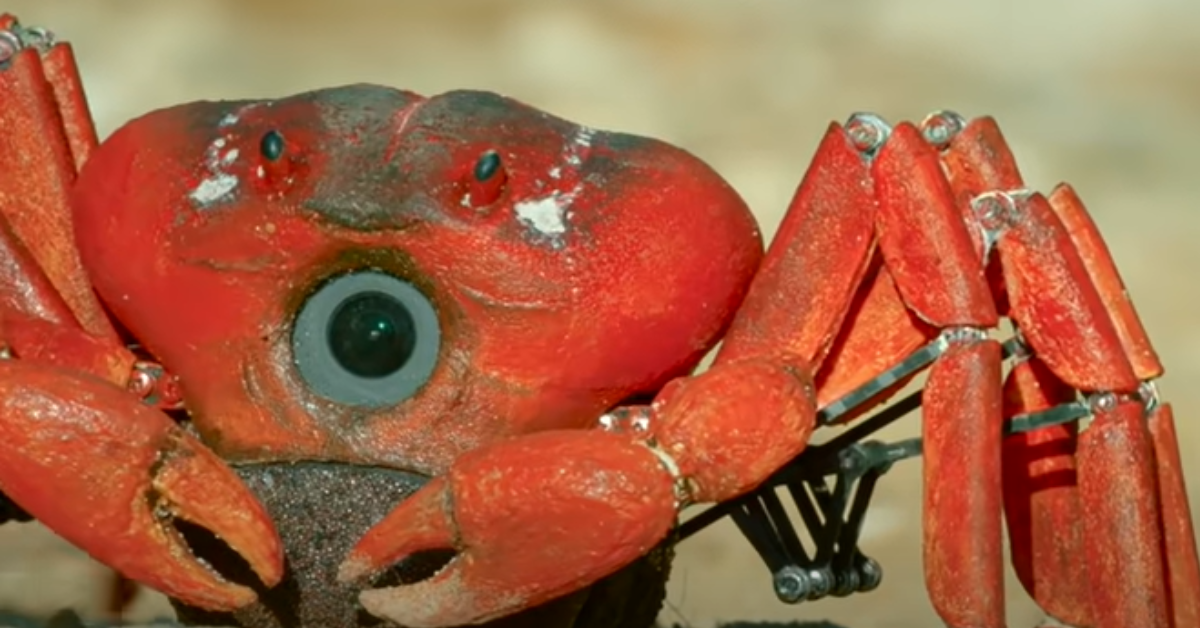Scientists Made A Robot Crab To Film The Species' March To The Sea
Sam Shearer
There is still so much to learn about the natural world, though most of its secrets are impossible for humans to be a part of.
However, over the last few years, some groundbreaking documentaries have been released, showing intimate secrets of nature in astounding detail.
With the stated goal of going "deeper into the animal world than ever thought possible," a massive team of engineers, scientists, and editors have collaborated on a truly bizarre and inventive new approach -- spy robots!
As part of the BBC and PBS documentary series Spy in the Wild 2, scientists observed a huge group of red crabs marching into the sea from their home on Christmas Island.
Capturing the footage was a unique spy robot crab that was able to successfully fool some - but not all - of its peers as they crossed traffic, climbed fences, and made their journey.
 Photo: Wikimedia Commons
Photo: Wikimedia Commons
“John Downer and his ambitious team built a vast army of incredibly realistic spy creatures. The spies were able to infiltrate all kinds of territory, from under the Pacific Ocean to the harsh Arctic cold. What they captured is unforgettable," explained Fred Kaufman, executive producer for Nature, according to Southern Oregon PBS.
Watching the red crabs as they deposit their eggs was just one of the dozens of incredible ventures that the team took -- other subjects include spy hummingbirds, koalas, and Mobula rays!
https://www.instagram.com/p/B_u0zOHDBF6/
The series drew some criticism for a segment featuring a robot baby monkey, whose uncanny appearance and apparent "death" caused a group of monkeys to become extremely agitated and upset. Still, the majority of animals seem less bothered with the robot spies around them.
In a Reddit AMA, the team explained how most creatures view their robots, writing: "most animals are very curious at first, they will carefully inspect the spy, often sniffing first. But they quickly work out the spy is not a threat or food. That's when they relax and the spy becomes very much part of the scenery. It's at that point we get very interesting behaviour, being so close to the animals means we end up filming extraordinary detailed behaviour and sound. It's very different the long lens filming, spy creatures create a more intimate experience for the viewing. Of course sometimes the animals will try to communicate with our spies, that's when we often film quite unexpected behaviour."
Watch the robot crab in action below:


 Photo:
Photo: 